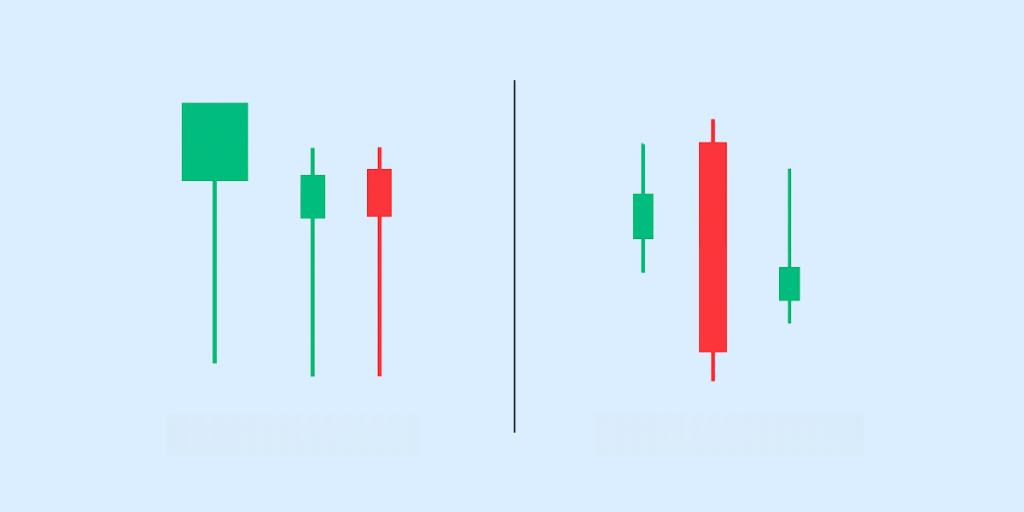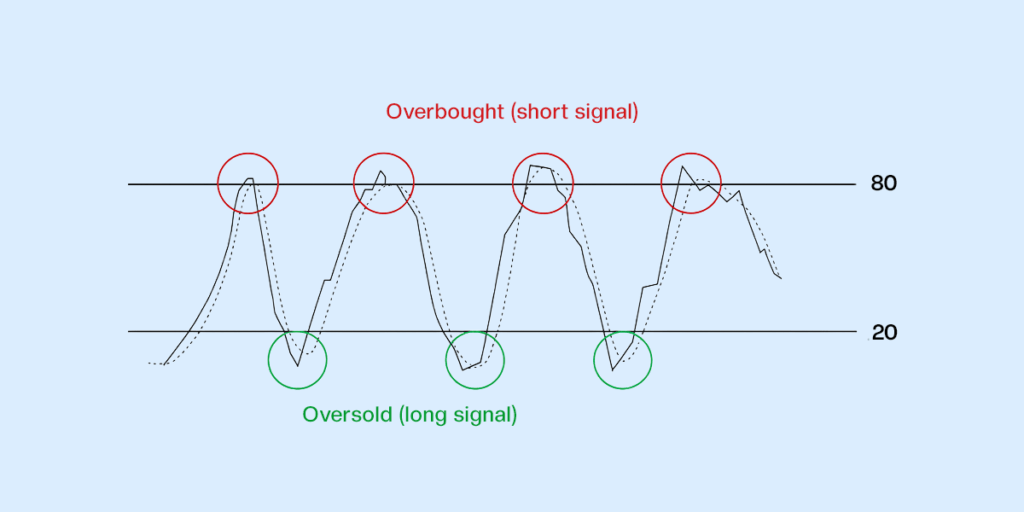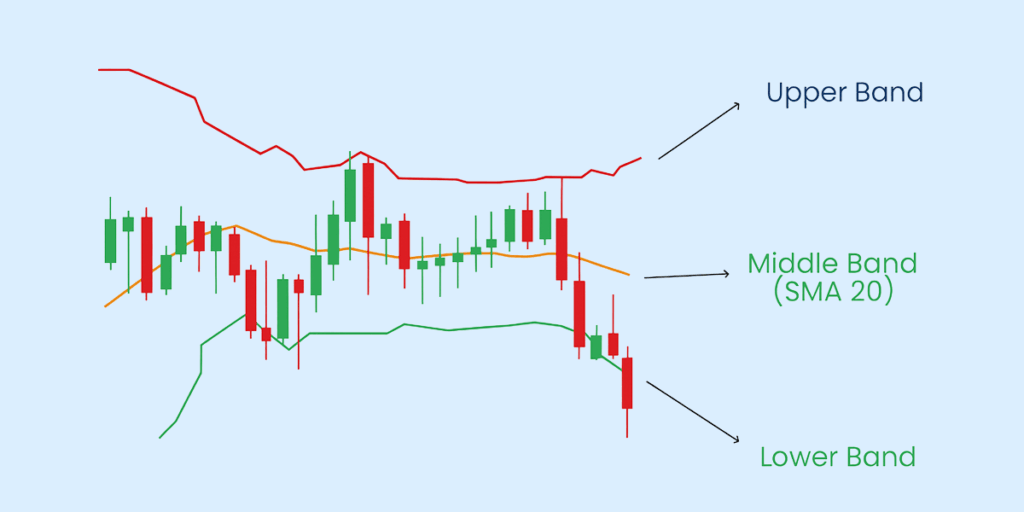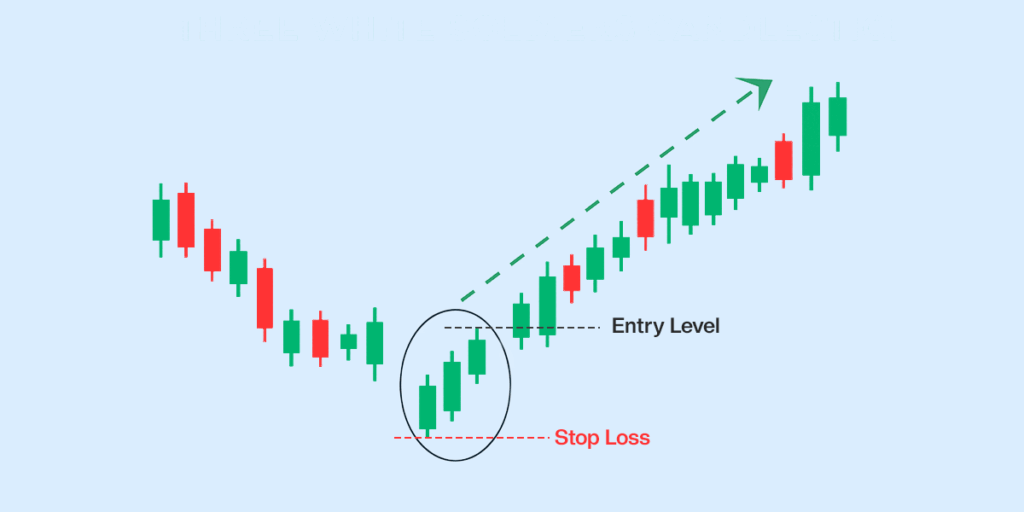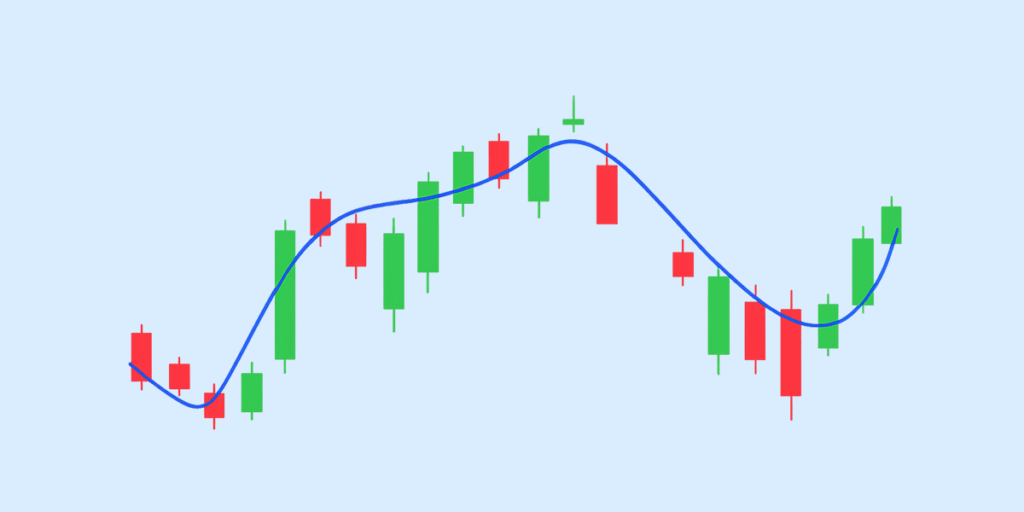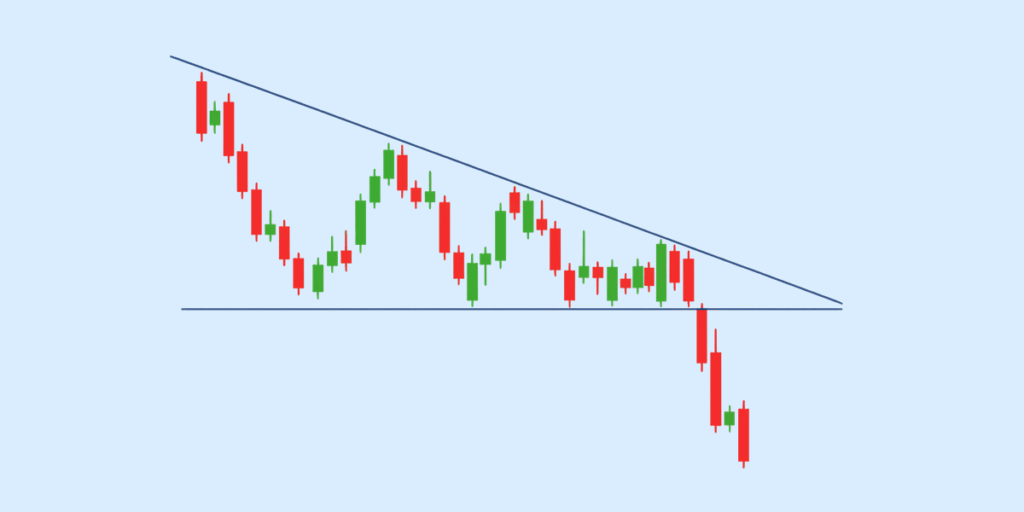Quick Summary:
“If you switch on a news channel before the market opens, you will hear the terms “gap up” and “gap down”. A “gap up” is when a stock’s opening price is higher than the previous day’s closing price, while a “gap down” is the opposite. These gaps can present trading opportunities but also come with increased risks due to higher volatility. Read on to understand various causes for these gaps, such as breaking news, company earnings reports, and geopolitical events. It explains different types of gaps: Common, breakaway, continuation, and exhaustion gaps, and outlines trading strategies for these gaps.”
What is a Gap in Stock Trading?
A gap can indicate bullish (rising) or bearish (falling) sentiment, depending on the direction of the price change. Let’s break down two common types of gaps—gap up and gap down—so you know what to look for when trading.
Gap Up
A gap-up occurs when a stock opens at a higher price than it closed the previous day. This usually reflects strong demand or positive news, such as favorable earnings reports or major company announcements. Traders often see a gap-up as a signal that investor sentiment is bullish and that the stock could continue to rise in the short term.
Gap Down
A gap down occurs when a stock opens at a price lower than its prior close. It is typically triggered by negative news or poor market sentiment, such as weak financial performance, political issues, or broader market downturns. A gap down often signals bearish sentiment, indicating that traders expect further stock price declines.
Causes of Gaps in Stock Trading
Knowing why gaps occur is essential for traders looking to capitalize on rapid market shifts. So, let’s explore the primary causes of gaps and how they affect stock prices.
News Announcements
Unexpected news announcements, such as mergers, acquisitions, or regulatory changes, can significantly impact stock prices.
For instance, if a company announces a merger with a larger, financially stable firm, investors may rush to buy shares, leading to a gap when the market opens.
Conversely, negative news, such as regulatory fines or unfavourable policy changes, can result in a gap as investors sell off the stock.
Earnings Reports
Earnings reports provide a clear snapshot of a company’s financial health, and the market reacts accordingly.
For example, if a company reports earnings exceeding market expectations, the stock often gaps as traders respond to the positive performance. Conversely, if earnings fall short of forecasts, the stock may gap down due to a sudden drop in demand.
Geopolitical Events
Geopolitical events, such as trade agreements, elections, or international conflicts, can cause significant uncertainty in the market, often leading to price gaps.
For example, tensions between countries or natural disasters may lead to market-wide sell-offs, causing stocks to fall due to increased risk and uncertainty.
Conversely, tensions between countries or natural disasters may lead to market-wide sell-offs, causing stocks to fall due to increased risk and uncertainty.
Types of Gaps in Trading
Now, let’s dive into the key types of gaps and what they indicate.
Common Gap
A common gap occurs when there is a price difference between the previous day’s close and the opening price, but it holds little significance in the long term. These gaps are typically small and often get filled quickly as the stock price reverts to its previous range.
Breakaway Gap
A breakaway gap appears when a stock breaks out of a period of consolidation, signaling the beginning of a new trend. This type of gap is often accompanied by high trading volume and suggests that strong momentum is pushing the stock in a new direction.
Continuation Gap
A continuation gap, also known as a runaway gap, occurs within an ongoing trend and suggests that the trend is gaining strength. It signals that the current upward or downward direction is likely to continue.
Exhaustion Gap
An exhaustion gap appears near the end of a strong trend and indicates that a reversal may be coming soon. It occurs after a significant price move, showing the final push in the direction of the existing trend before the market loses momentum.
How to Trade Gap Up and Gap Down
Successful gap trading involves identifying whether the gap will continue in the same direction or if it will reverse. Traders use different strategies depending on the market sentiment and risk tolerance, each requiring careful analysis and timing. Some of the most common strategies include:
Trading Gap Ups
In gap-up situations, traders often ride the upward momentum, expecting prices to rise further. However, if the gap is driven by short-term news, they watch for potential reversals before committing, using technical indicators for confirmation.
Trading Gap Downs
A gap down signals bearish sentiment, leading traders to short the stock. Some may wait for a rebound if they believe the gap was an overreaction, using indicators to assess whether the stock will recover and fill the gap.
Gap Fill Strategy
The gap-fill strategy revolves around the idea that stock prices often return to their pre-gap levels after a significant price movement. This strategy assumes that gaps—whether due to news, earnings reports, or market sentiment—are usually temporary and tend to be filled over time as prices revert to their previous levels.
Moreover, traders using this strategy monitor gaps and wait for the price to revert to the pre-gap level. However, several factors, such as volume and liquidity, market trends, and technical levels, play a role in determining how and when the gap will be filled.
Risk Management in Gap Trading
Managing risk is crucial when trading gaps due to the unpredictable nature of price movements. Some strategies to do this are:
Using Stop-Loss Orders
Stop-loss orders are essential in gap trading because price swings can happen quickly. Setting a stop-loss can protect your position and minimize losses if the market moves against your trade.
Monitoring Market Sentiment
Understanding market sentiment is key to avoiding positions that go against the prevailing trend. You can make more informed decisions and reduce the risk of unexpected reversals by keeping track of news, earnings reports, and general market sentiment.
The Bottom Line
Gap-up and gap-down trading are essential concepts in technical analysis. They offer traders unique opportunities to capitalize on sudden price movements. While gaps can signal profitable trades, they also come with inherent risks that require careful management.
Moreover, the Appreciate trading app provides traders with the necessary tools to identify these gaps in U.S. stocks and develop effective strategies for trading them, ensuring a well-informed approach to maximize potential returns while mitigating risk.
Gap Up and Gap Down Trading FAQs
What is the gap in stock trading?
A gap-up occurs when a stock opens at a higher price than its previous day’s closing price, leaving a gap on the price chart. This usually signals strong buying interest or positive news about the stock.
What is a gap down in stock trading?
A gap down happens when a stock opens at a lower price than its prior closing price, creating a gap on the chart. It often indicates negative sentiment or unfavorable news surrounding the stock.
What causes a gap in stock prices?
Significant after-hours events, such as earnings reports, major news releases, or market sentiment changes, typically cause stock price gaps. These events trigger high buying or selling pressure before the market opens.
What are the different types of gaps in trading?
The main types of gaps include common, breakaway, continuation, and exhaustion gaps. Each one signals different market conditions and has unique trading implications.
How do I trade gap-up and gap-down stocks?
Gap trading strategies often involve assessing the market’s reaction after the gap occurs, using technical analysis to confirm. Traders may buy into the gap’s momentum or wait for a possible gap-fill reversal.
What is a gap-fill strategy?
A gap-fill strategy aims to profit from the expectation that the stock will retrace and “fill” the gap left after a gap up or gap down. Traders believe gaps are often temporary and that prices will return to the previous closing level.
How does news impact the gap up and the gap down?
News plays a significant role in gap movements. Positive news can drive a gap up, while negative news can result in a gap down. The size and direction of the gap are usually related to the market’s interpretation of the news.
What risks are involved in gap trading?
Gap trading risks unexpected market reversals, where the price may not continue in the direction of the gap. It also involves high volatility, which can result in significant price swings and losses.
What is an exhaustion gap?
An exhaustion gap occurs near the end of a strong price trend and signals that the trend may be losing momentum. It often precedes a reversal as buyers or sellers start to lose interest.
Can I use technical indicators to trade gaps?
Yes, technical indicators like moving averages, volume, and Relative Strength Index (RSI) can help confirm the strength of a gap. These tools assist traders in determining whether to enter or exit a trade based on gap patterns.
|
Here are more investment opportunities for stocks and shares that might interest you. |
|
Disclaimer: Investments in securities markets are subject to market risks. Read all the related documents carefully before investing. The securities quoted are exemplary and are not recommendatory.





